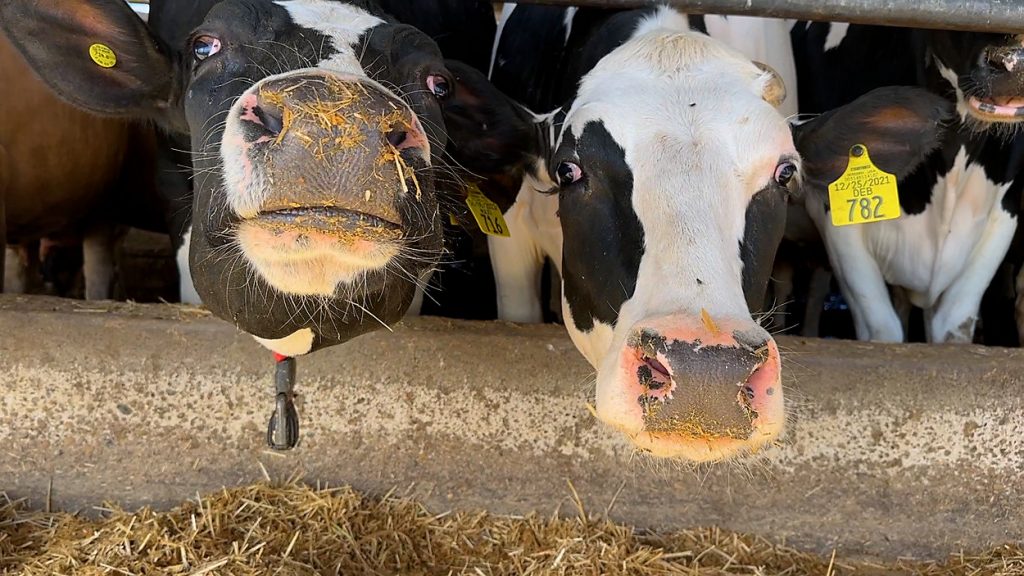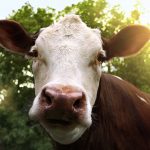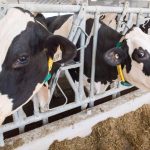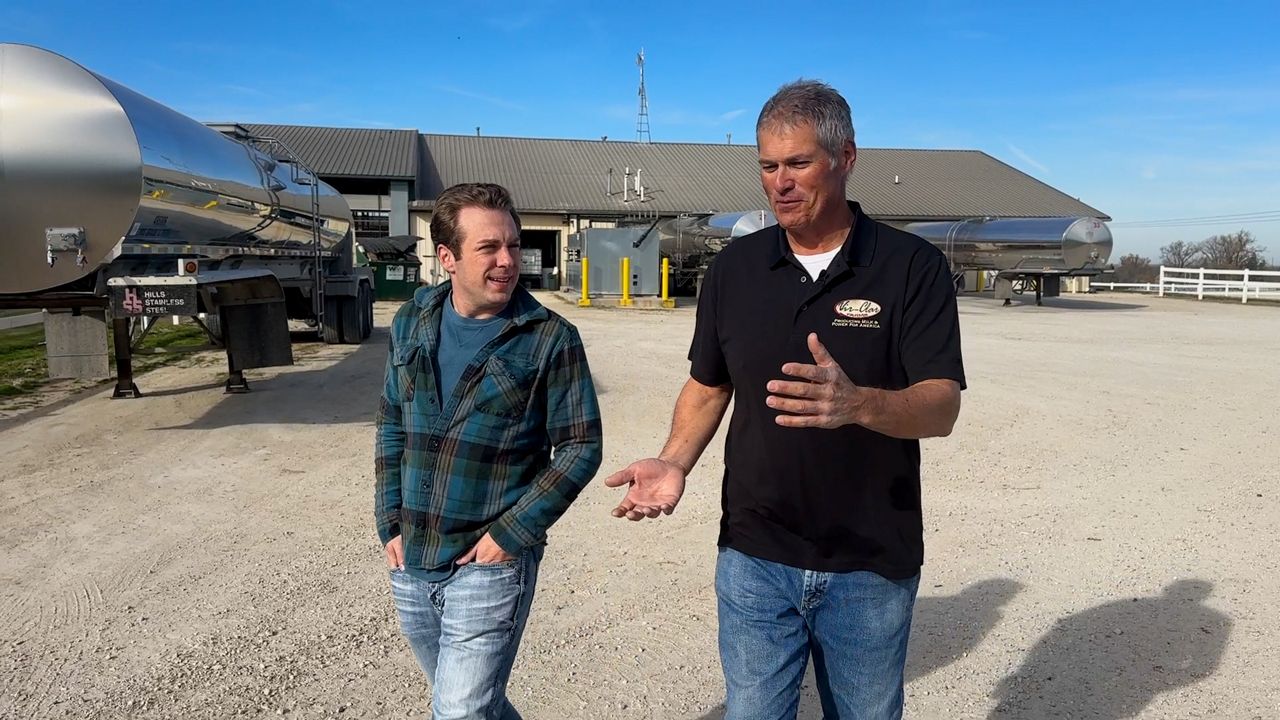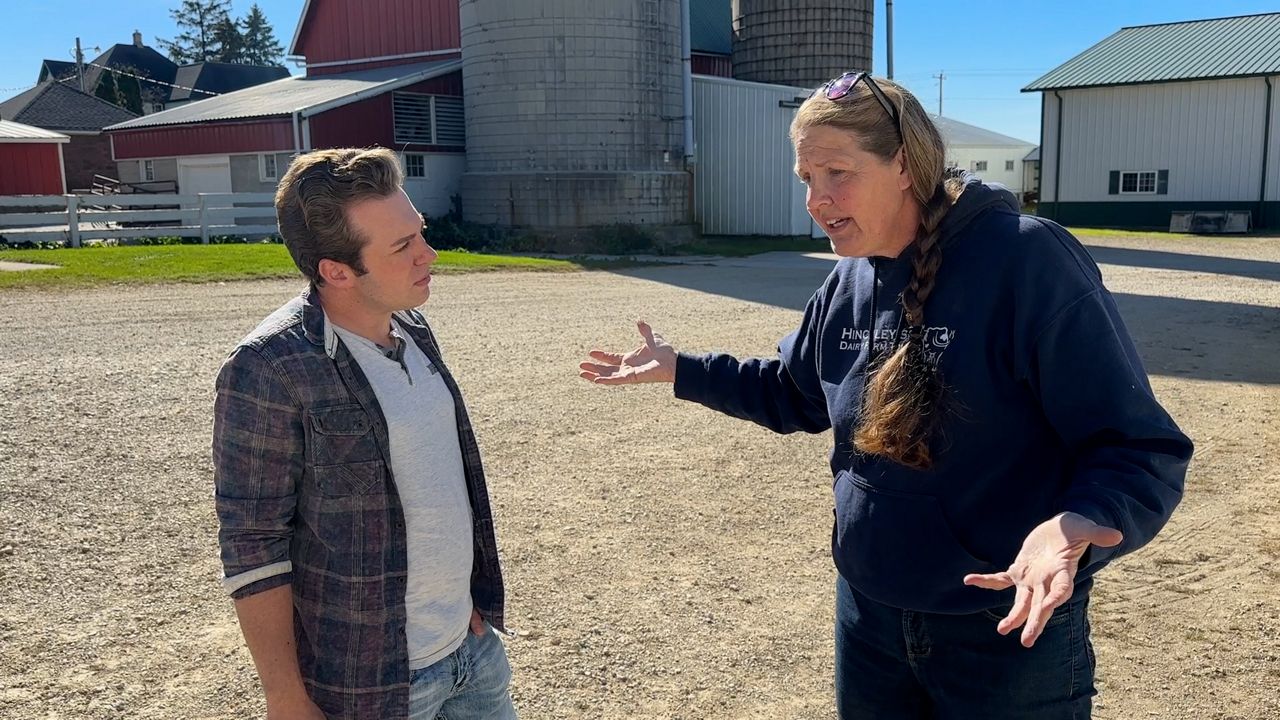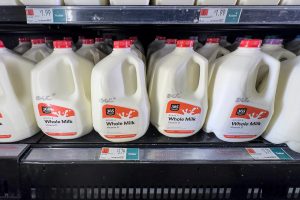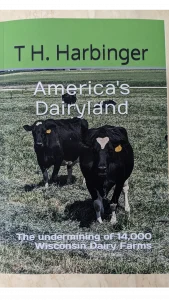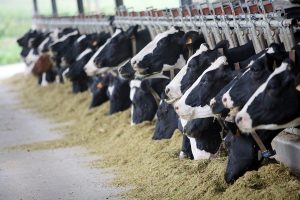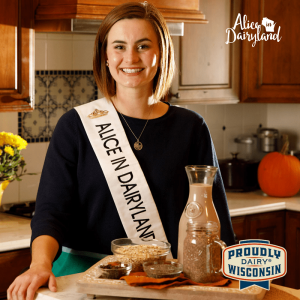
Wisconsin’s economy is driven by manufacturing, tourism, and, of course, agriculture. Now, with the election less than two weeks away, the farmers who make up America’s Dairyland, from both sides of the aisle, have weighed in about the issues that have affected them and share how they plan to vote.
What You Need To Know
- Wisconsin continues to lose dairy farms and has a little more than 5,600 as of February, according to the Wisconsin’s Dept. of Agriculture, Trade and Consumer Protection (DATCP)
-
- The Harris-Walz campaign has opened offices in red counties where Democrats have never set up shop, including Crawford, LaFayette, and Waushara to reach out to rural voters
- Earlier this month, multiple Wisconsin dairy groups, including the Wisconsin Dairy Alliance and Venture Dairy Cooperative, endorsed former President Donald Trump for president
For Tina Hinchley, whose Cambridge farm milks about 240 cows a day from a herd of more than 400, she wants someone in the White House who understands agriculture. For her, Minnesota Gov. Tim Walz, who is the Democratic nominee for vice president, is relatable.
“We all kind of need the same thing, and we really shouldn’t be pulling at each other because we all need the same things,” Hinchley explained.
Similar to many Americans, the economy is on Hinchley’s mind, but, more specifically, the role tariffs play.
“We’ve got Del Monte, we’ve got other canning companies within Wisconsin, the can actually costs more than the product inside because of the steel tariffs that are retaliatory tariffs that are costing us more per can,” Hinchley said.
Healthcare is top of mind for Hinchley too. So much so, that she has advocated for Vice President Kamala Harris in a TV commercial.
“I think if I did not do these ads, I would never forgive myself if I didn’t put the effort forth to make sure that I get my candidate in,” Hinchley added.
Less than an hour-and-a-half down the road in Fond du Lac, where Vir-Clar Farms milks nearly 2,000 cows, Grant Grinstead, who runs operations with his wife’s family, said providing a good way of life for his family and employees hasn’t been easy.
“My wife and I have had this conversation of, we have talked more about politics this season, in election year time, than I think we have in any other election year, and we’ve been married 20 years,” Grinstead said.
He added that the agriculture industry faces challenges not unlike other businesses.
“In our industry, certainly, the cost of doing business has dramatically increased,” Grinstead explained. “Whether it be parts that we need for equipment, whether it be feed, seed, fertilizer to grow crops, feed our cows. Our labor costs have gone up, and I think every business has experienced that.”
Grinstead also hasn’t been shy about sharing his stance either having taken the stage at a rally in Waunakee for former President Donald Trump earlier this month.
“I think it’s important that, as we go forward, that we do talk openly,” Grinstead said. “I remember growing up and friends of my parents, they would get together and there might be a discussion of politics, and there might be a difference here and there, but it wasn’t the extreme, radical presence that sometimes we see.”
However, lately, politics has gotten harder to push aside as more farms aren’t faring as well.
“When farmers leave, and farms leave the community, that’s like the backbone,” Hinchley said. “From I-90 to I-94, there are 40 little farms with little red barns and silos. There are three of us left.”
The Census of Agriculture shows the total number of farms in the United States dropped by more than 140,000 between 2017 and 2022. Another almost 5,000 farms were lost from 2022 to 2023.
Data from the American Farm Bureau, however, shows farm bankruptcies have slowed significantly since reaching a decade high in 2019 under Trump. Even so, Wisconsin is still losing dairy farms and has left the state with a little more than 5,600 as of February, according to the Wisconsin’s Department of Agriculture, Trade and Consumer Protection (DATCP).
Statistics from the USDA also show with fewer farms, existing ones are growing. In 2022, the average farm in Wisconsin was 236 acres, which is the largest size in decades.
“You’re seeing dairies exit the business because we’re not seeing that influx of generations coming back to that type of lifestyle,” Grinstead added.
Regardless, the news is troubling for an industry that contributes nearly $104 billion to the state’s economy every year.
While Grinstead’s and Hinchley’s solutions might not be the same, immigration is one of the biggest issues facing most farmers.
“We need to secure that border. I have a firm belief that we need to protect America, but at the same time too, not only building the wall, securing that southern border, we need to have a door,” Grinstead explained. “America was not built on people that [were] already here. It was built on immigration, coming to America.”
“If you’re in the grocery store, most of that food somehow has been handled by somebody from a different country, and not all of those people are legal here,” Hinchley said. “Nobody wants these jobs, let’s be real. Nobody wants to get up at four in the morning, get all full of manure, and then work 10 to 12 hours, and then do it again tomorrow.”
Meanwhile, both presidential campaigns have been doing their part to reach out and connect with farmers in rural Wisconsin.
The Harris-Walz campaign has opened offices in red counties where Democrats have never set up shop, including Crawford, LaFayette, and Waushara. Earlier this month, multiple Wisconsin dairy groups, including the Wisconsin Dairy Alliance and Venture Dairy Cooperative, endorsed Trump for president.
You can now read the most important #news on #eDairyNews #Whatsapp channels!!!
🇺🇸 eDairy News INGLÊS: https://whatsapp.com/channel/0029VaKsjzGDTkJyIN6hcP1K
